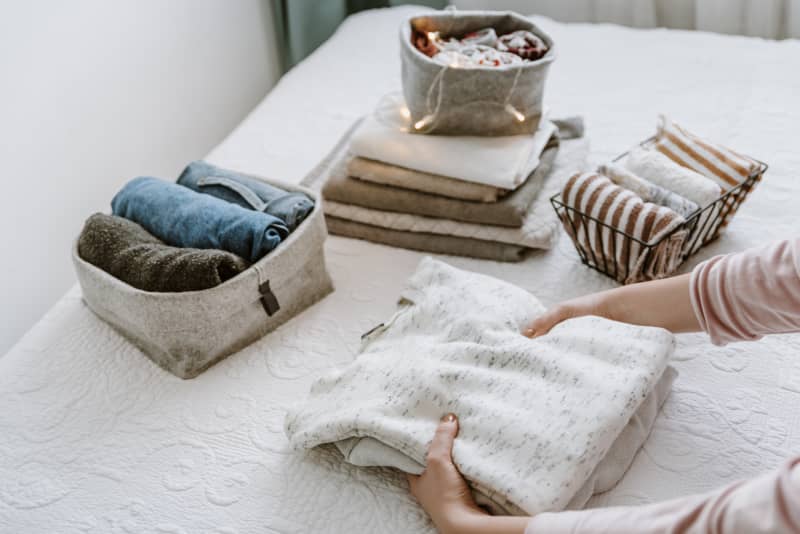Clutter can easily accumulate in our homes, offices, and lives, making it harder to focus, relax, or even navigate through our daily routines. Decluttering can help you find clarity and peace, whether your goal is to simplify your environment or prepare for a major relocation. But with so many items to sort through, how do you make decisions about what to keep and what to part with?
In this guide, we’ll walk you through effective strategies for making decluttering decisions and explore the role of professional dumping services to help ease the process.
1. The 80/20 Rule: Keep What You Use, Toss the Rest
One of the easiest ways to decide what stays and what goes is by applying the 80/20 rule. According to this theory, we should only use 20% of our possessions 80% of the time. Check your personal belongings and note the items you use regularly. It’s usually time to get rid of an item if it hasn’t been utilized in months or years.
Ask yourself:
- Has it been a year since I used this item?
- Is it just taking up room, or does it have a purpose?
- If I lost it, would I miss it?
It could be time to give the thing up if the response to these questions is negative.
2. Categorize Items
Sorting your belongings into categories is an excellent decluttering practice. You may stay organized and prevent overload by going through everything one category at a time.
Here are a few categories to consider:
- Clothes: Check that the goods still fit by trying them on. Things you no longer need or wear can be donated or thrown away.
- Books: Are these books gathering dust or are you planning to read them again? Donating those you won’t ever pick up again is something to think about.
- Kitchenware: Are there any products you’ve never used or duplicates? Reduce the number of necessary kitchen items to just those that are useful.
- Sentimental Items: Although it’s essential to keep special memories, there are situations when digitization or better-organizing memories is feasible. Don’t let sentimentality lead to unnecessary clutter.
3. The “One In, One Out” Rule
To maintain your decluttered space over time, consider adopting the “One In, One Out” rule. Make it a point to donate, sell, or discard one item for each new item you bring into your home. This promotes more thoughtful shopping and keeps clutter from building in the future.
4. Create “Keep,” “Donate,” and “Discard” Piles
When you start sorting through your belongings, make three separate piles or areas:
- Keep: Things that make you happy and have a definite purpose.
- Donate: Items that are still in good condition but no longer serve you. Someone else might gain from them.
- Discard: Items that are broken, worn out, or no longer usable. These ought to be recycled or thrown out.
This approach gives you a clear way to deal with undesired objects and helps you determine just what is worth keeping.
5. Set Time Limits for Decisions
It’s easy to get caught up in overthinking whether to keep something. Establish a time limit to prevent the analysis paralysis that decluttering frequently causes. Give yourself 30 seconds, for instance, to choose if something should remain or be removed. Put it in a “maybe” pile and come back to it later if you are unable to decide in that amount of time.
6. The Role of Professional Dumping Services
Decluttering can occasionally seem too much to handle, particularly when there are big or heavy things to get rid of. Professional disposal services can be helpful in this situation. These services are designed to help you clear out your unwanted items quickly and efficiently.
7. Get Creative with Repurposing
Consider innovative ways to upcycle or repurpose some of your belongings before throwing everything out. For instance, a set of old jars could be transformed into chic storage containers, or an old wooden chair could be transformed into a distinctive plant stand. You can give objects you love a fresh lease of life while preserving them by repurposing them.
Conclusion
Decluttering is about making your room appear better, but it’s also about making it healthier and more productive for you. You may make better decisions about your possessions and reap the rewards of a stress-free, clutter-free environment by using these techniques to determine what belongs and what doesn’t.
And when the task feels too daunting or you need help with large items, professional dumping services can provide the support you need to clear out the clutter and make room for what truly matters. Happy decluttering!
